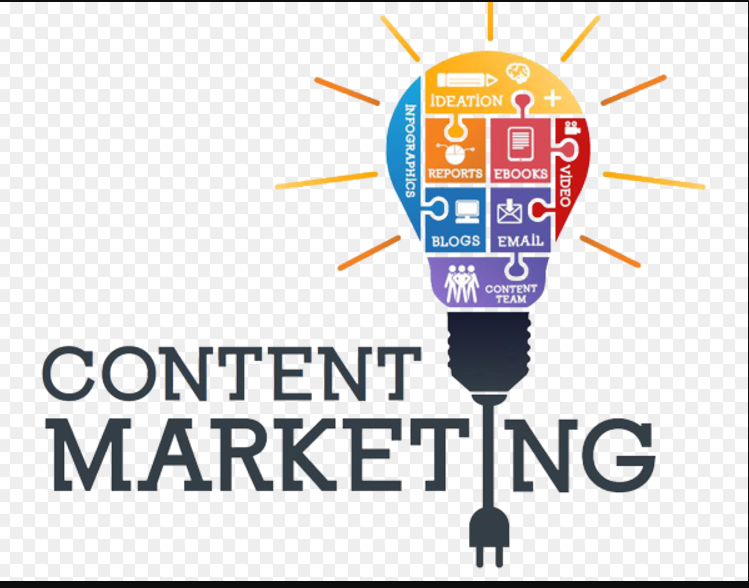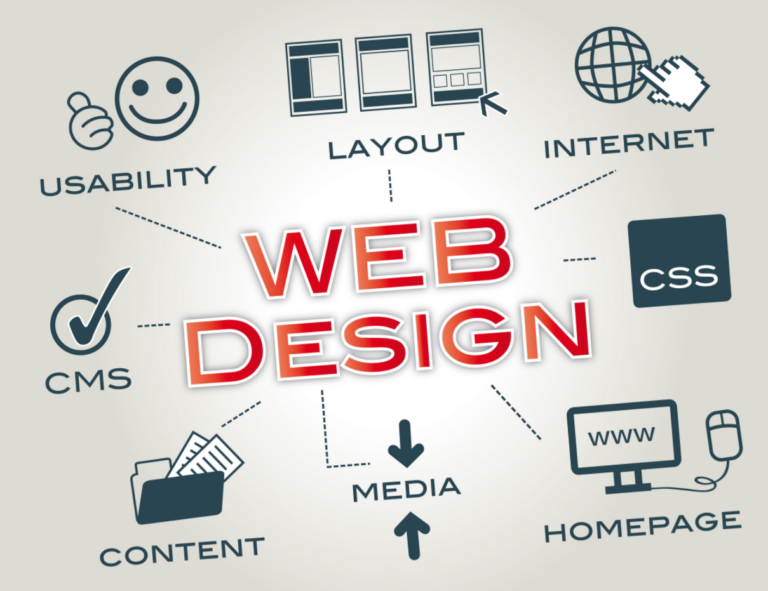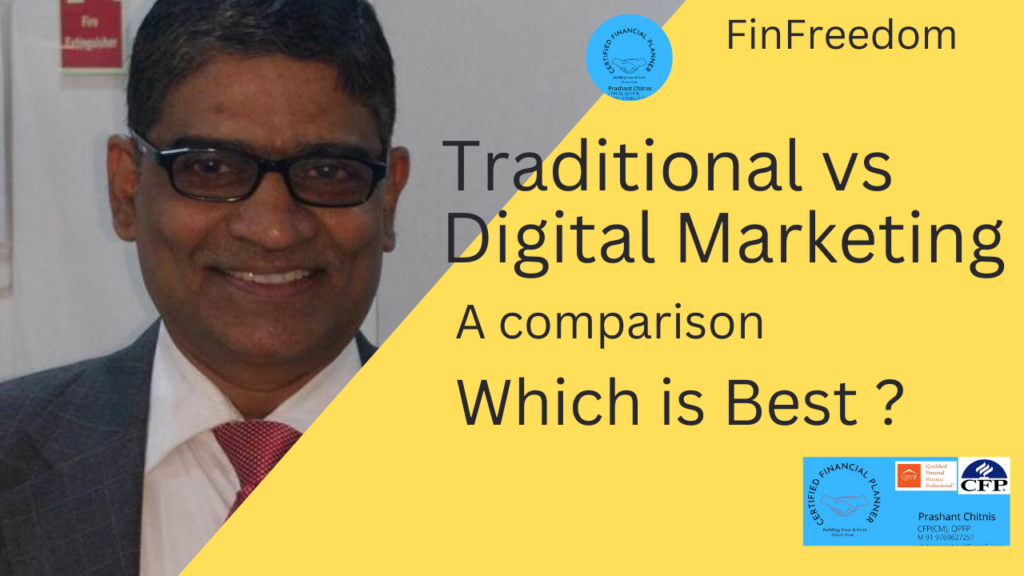Table of Contents
Toggle1. What is marketing?
Marketing is one of the most fundamental things in a business, as it helps to attract audience attention. There are two methods of marketing. One is traditional marketing, and the other is digital marketing. Traditional marketing has been evolving for ages, while digital just got in a few years ago. Both are good in their way, as they both have pros and cons. Therefore, choosing between both is entirely dependent on the people and the businesses that want to use it. The main difference between digital and traditional marketing is the medium through which an audience encounters a marketing message. While traditional marketing uses traditional media like magazines and newspapers, digital marketing uses digital media, such as social media or websites.
2. What is Traditional Marketing?
- Traditional marketing encompasses the marketing methods that can be used without the internet.
- Traditional Marketing is an offline form of marketing in which platforms like print media, radio, television, hoardings, etc. are used for advertising purposes. It works on the principle of reaching a large number of people to generate leads.
- It is a prominent marketing technique that existed till 1990. After the 1990s with the internet revolution, the significance of Traditional Marketing slowly diminished.
2.1 Benefits of Traditional Marketing -
For many businesses, traditional marketing strategies work better depending on the nature of business.
- Traditional marketing is very effective if the audience are local and older population. Many reports and surveys prove that people over 50s watch TV and read newspapers twice the time compared to people in their 20s and 30s.
- It is a very useful type of marketing if one wants to establish and develop a business in small geography. Small businesses grow better using flyers and billboards.
- One huge advantage of traditional advertisements is that they get played repeatedly. But in digital marketing, people can skip them easily.
2.1 Types of Traditional Marketing:
The following are some of the traditional marketing methods:
- Television commercials: One method of traditional marketing is broadcasting advertisements using TV commercials. There are millions of ads that benefit due to this form of marketing.
- Radio commercials: Radios played a vital role in the late 20th century. People who could not afford television opted for radios and CD cassettes those days. There are many different varieties of advertisements that could be broadcasted with the assistance of radios.
- Flyers: Many companies and businesses are still printing flyers to promote their services. Flyers are also called hand-outs.
- Billboards: Billboards contain pictures of the advertisement. They are usually found on the highways. Mostly, billboards are placed by top companies and businesses to promote their services.
- Magazine and newspaper ads: Newspaper magazines acted as one of the finest sources of obtaining information regarding anything. There are tons and tons of ads posted every day.
- Telephone and SMS marketing: These mostly include phone calls and text messages of advertisements for various businesses and their services.
- Referral: Referral is when the organization asks its employers and customers to recommend their products and services to their friends and family or neighbours.
- Direct mail: Many businesses mail their ads in postcards or notices to the people in the company’s target area or city.
3. What is Digital Marketing?
Digital Marketing is a blanket term for the complete marketing technique in which sellers reach their general customers through advertisements, web applications, emails, search engines, mobile applications, influencers, and other paid promotions on social media. Digital Marketing is empowered by the internet and the smartphone revolution. The smart and right use of Digital Marketing techniques would help any enterprise to excel.
Digital marketing strategies evolved quickly because of trends and new technology. These strategies include those that require the use of the internet or smartphones. There are 4.95 billion active internet users in the world and 4.62 billion active social media users. With numbers that high, marketing online and through social media makes a lot of sense. According to a survey “Internet users now make up 57% of the global population. On an average, people spend 6 hours and 42 minutes, online each day”. That’s a mind-bogglingly huge amount of time and opportunity to do some clever digital marketing.
Common digital marketing methods include:

3.1 Benefits of Digital Marketing -
- It is simple to track audience involvement and collect their data for future use. You can easily obtain the information when someone visit your site, follows you on social media, or messages you regarding queries.
- It fosters proper interaction wherein sellers take in feedback on a regular basis. Thus, Digital Marketing enhances credibility, brand loyalty, and customer satisfaction.
- This method is comparatively cheap.
- Because digital marketinghas a wider scope, it will help businesses acquire a global audience’s attention.
3.2 Types of Digital Marketing:
There are eight types of Digital Marketing:
- Content Marketing – Content Marketing mainly focuses on generating content and then distributing it to a specified target audience. The objective is to drive the customer to your platform and engage them.
- Search Engine Optimization (SEO) – SEO focuses on optimizing content with the help of various SEO tools. So it’s relevant to your target audience. The process is used to generate organic traffic on your website via search engines.
- Search Engine Marketing (SEM) – Search Engine Marketing focuses on generating traffic using paid alternatives. The process is used on search engines by paying a certain amount.
- Social Media Marketing (SMM) – Social Media Marketing focuses on using social media platforms to appeal to your specific target audience. SMM also helps in maintaining a relationship with customers.
- Pay-Per-Click Advertising (PPC) – With PPC, the marketing team has to pay for every click on their ads.
- Affiliate Marketing – Affiliate Marketing focuses on individuals and businesses collaborating or affiliating with businesses and helping them generate traffic. Every time a customer clicks the link on the affiliate’s page, blog, etc., the affiliates receive a commission from it.
- Email Marketing – Email Marketing strategy focuses on sending Emails to your current as well as potential customers and increasing engagement.
- Instant Messaging Marketing (IMM) – IMM focuses on sending Instant Messages to your customers.

4. Comparison: Traditional vs Digital Marketing (Pros & Cons) –
Digital marketing refers to any form of marketing that takes place through digital channels, such as the internet, email, or mobile devices. It’s become increasingly popular in recent years due to the proliferation of digital devices and the rise of online networking. Traditional marketing, on the other hand, refers to any form of marketing that takes place offline, such as print advertisements, television commercials, or radio ads. It’s still a popular method of marketing, especially for larger businesses with more resources.
BASIS FOR COMPARISON | TRADITIONAL MARKETING | DIGITAL MARKETING |
Meaning | Traditional Marketing refers to the marketing that uses traditional channels or media, for the purpose of marketing communication. | Digital Marketing implies the marketing of products and services via digital channels, such as the internet, smartphone, display ads, and other digital medium. |
Nature | Static | Dynamic |
Conversion | Slow | Comparatively fast |
Engagement | Low | Comparatively high |
Return on Investment | Cannot be measured easily. Low | Can be measured easily. High |
Effectiveness and expensiveness | Less effective more expensive | more effective Less expensive |
Tracking | Not possible | Possible |
Targeting | Standardized | Customized |
Not possible once the ad is placed. | Can be performed anytime, even after the ad is placed. | |
Reach | Local | Global |
Results | Delayed results | Quick and real-time results |
Interruptions | Consumers cannot skip the ads, as they are bound to see them. | Allows the consumers to avoid or skip the ads which do not interest them. |
Communication | One-way Communication | Two-way Communication |

5. Which Marketing is best for you?
Digital marketing is probably the best option for most. If you want to reach a particular group of people, wherever they may be, while keeping costs low, go with digital marketing. Doing so will also allow you to collect valuable information on your audience immediately so that you can create even more effective marketing campaigns.
However, there is still a place for traditional marketing. If you want to reach an older audience or a local audience, traditional marketing methods may be more productive and stand out better than digital marketing methods. Though these methods may seem “old,” the reality is that they’ve stuck around for a reason. They work!
There is no distinct answer to this question. When considering which marketing strategy is best for your business, consider your audience, where they get their information from, and use that to make your decision. It is not necessarily true that one is simply better than the other as they serve different purposes. The bottom line is that you need to fully understand your business and your audience to pick the strategy that’s better for you.
The most ideal solution for most businesses is a good mix of traditional marketing and digital marketing. When both of these are used together, it makes the marketing process even more efficient. The final decision relies on your understanding and your needs. You have to take your budget and your target market into consideration. The key is to know your audience well. A combination of both remains the most effective choice for all successful organizations.
6. Conclusion -
The pandemic compelled many brands to shift their focus online. This has led to many small businesses shifting online as well. To wrap up the discussion, we can say that digital marketing has evolved in recent years but it became more popular than the traditional marketing due to its various advantages, one of which is effectiveness over expensiveness. However, smart organizations use both of them to develop strong relationships between prospects, leads and customers.

